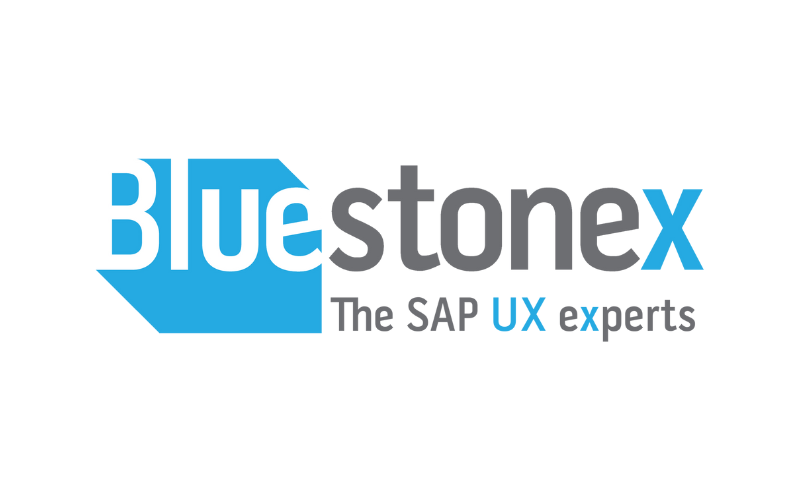In today’s competitive, technology-driven market, the success of modern warehousing operations heavily relies on the efficient management and utilisation of vast amounts of data.
Recognising this, a new wave of innovations in data governance tools has emerged, promising to revolutionize warehouse efficiencies like never before. These cutting-edge solutions enable businesses to harness the power of data to optimize operations, enhance decision-making, and improve overall productivity.
This article delves into the transformative potential of these tools and highlights how they’re reshaping the landscape of warehousing, and propelling businesses towards unprecedented levels of success.
What issues are warehouses facing?
In the fast-paced world of warehousing, several challenges and issues pose significant obstacles to achieving optimal efficiency and productivity:
Data overload
Warehouses deal with vast amounts of data generated from various sources such as inventory management systems, IoT devices, supply chain networks, and customer orders. The sheer volume and complexity of data make it challenging to extract meaningful insights, leading to decision-making bottlenecks and inefficiencies.
Lack of real-time visibility
Traditional warehouses often struggle with limited visibility into their operations. This lack of real-time visibility makes it difficult to track inventory levels, monitor order statuses, and identify potential bottlenecks or inefficiencies in the supply chain.
Inefficient inventory management
Accurate and efficient inventory management is crucial for warehouses. However, many warehouses face challenges in maintaining accurate stock levels, optimizing storage space, and implementing effective inventory replenishment strategies. Inefficient inventory management can lead to stockouts, overstocking, and increased operational costs.
Manual processes and systems
Many warehouses still rely on manual processes and paper-based systems for tasks such as data entry, order processing, and documentation. These antiquated methods are prone to errors, delays, and increased labour costs. They also hinder the adoption of automation and digital technologies that can streamline operations.
Compliance and regulatory challenges
Warehouses must adhere to various compliance and regulatory standards, such as data security, privacy regulations, and industry-specific requirements. Ensuring compliance can be complex and time-consuming, especially without robust data governance tools that facilitate data tracking, auditing, and regulatory reporting. Addressing these issues is crucial for warehouses to remain competitive in today’s dynamic business landscape.
Why are CIOs turning to data governance automation?
CIOs are increasingly turning to data governance automation to address the growing complexity and volume of data in their organizations. Automation streamlines and accelerates data governance processes, reducing the burden on IT teams and improving overall efficiency.
With automated data discovery, classification, and metadata management, CIOs can ensure data quality, enforce data policies, and maintain compliance with regulatory requirements. Automation minimises the risk of human error and enables proactive monitoring of data assets, providing real-time insights and alerts. It can also support the implementation of master data governance (MDG) across departments.
Recent developments in data governance automation
Recent developments in data governance automation for warehousing have transformed the way warehouses manage and leverage their data. Intelligent analytics platforms equipped with machine learning algorithms can now provide real-time insights into warehouse operations, optimizing inventory management, resource allocation, and demand forecasting.
Warehouse management systems (WMS) have also evolved to incorporate data governance automation features, enabling streamlined inventory tracking, order processing, and efficient resource utilization. The integration of IoT devices and sensors allows for automated data capture and monitoring of inventory, equipment, and environmental conditions.
Furthermore, cloud-based data governance platforms have emerged, offering scalable and centralized data management solutions, facilitating seamless integration and governance across multiple warehouse locations. These developments empower warehouses to achieve greater efficiency, accuracy, and agility in their operations.
What data governance automation solutions are out there?
If you’re looking for an MDG solution that can help you to automate data governance within your warehouse or logistics centre, consider the variety of solutions on offer:
Warehouse Management Systems (WMS)
WMS platforms offer data governance automation features specifically designed for warehouses, including inventory tracking, order processing, and resource allocation.
Intelligent analytics platforms
Advanced analytics tools equipped with data governance automation capabilities enable warehouses to gain real-time insights into operational performance, optimize resource allocation, and make data-driven decisions.
IoT-enabled devices and sensors
Data governance automation can be achieved by leveraging IoT devices and sensors in warehouses to collect and transmit data, enabling automated data capture and real-time monitoring of inventory, equipment, and environmental conditions.
Robotic Process Automation (RPA)
RPA solutions automate repetitive manual tasks in warehouses, such as data entry, order fulfilment, and inventory reconciliation, improving accuracy, efficiency, and data quality.
Automated barcode and RFID systems: Barcode and RFID systems automate data capture and tracking of inventory, ensuring accurate and real-time visibility into stock levels, movements, and locations.
Cloud-based data governance platforms
Cloud-based platforms provide scalable and flexible data governance automation solutions for warehouses, facilitating centralized data management, integration, and governance across multiple locations.
Where to begin with data governance automation
Embarking on the journey of data governance automation can be overwhelming, but starting with a clear plan is essential.
Begin by assessing your organization’s data governance needs, challenges, and goals. Identify key stakeholders and form a dedicated data governance team. Establish data governance policies, standards, and guidelines.
Next, evaluate available data governance automation solutions that align with your requirements. Prioritize areas that can benefit most from automation, such as data discovery, classification, or data quality management.
Finally, develop a phased implementation approach, starting with small pilots and gradually expanding to larger initiatives. Regularly assess and refine your data governance automation strategy to ensure continued success and maximum value.













